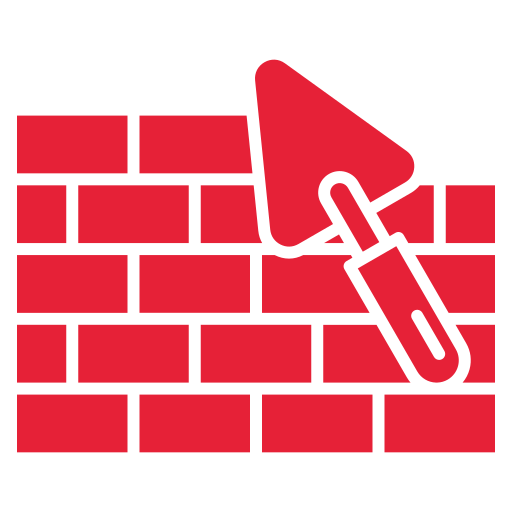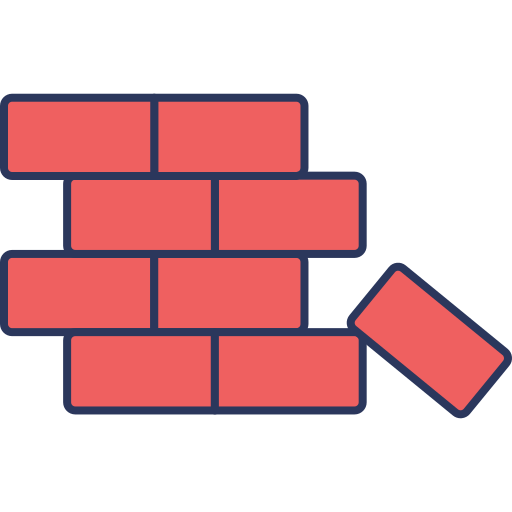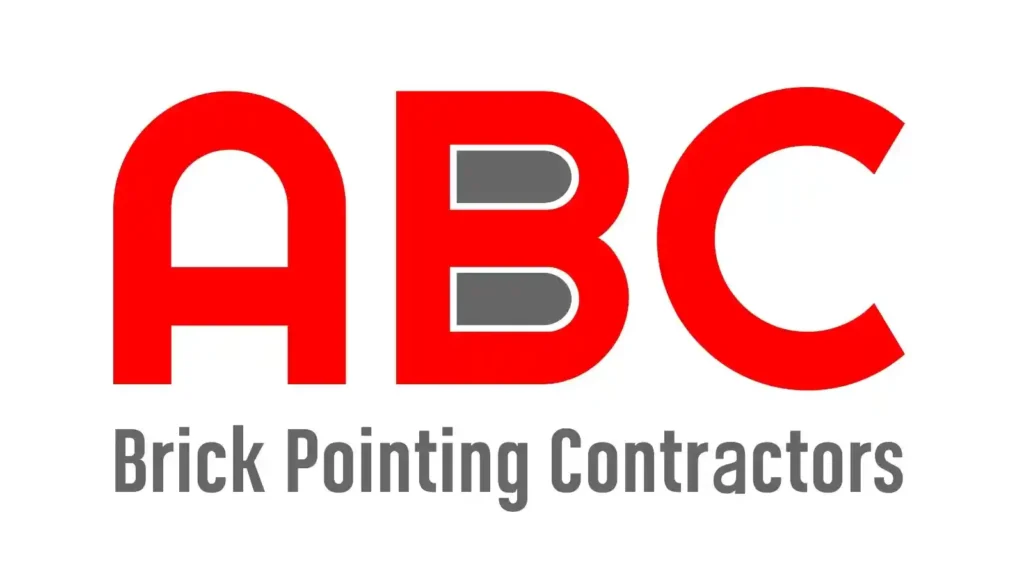TUCK POINTING NYC
TUCK POINTING NEW YORK - MASONRY TUCK POINTERS
Of all the maintenance techniques that are required for brick/masonry works, tuck pointing stands out to be the most common and versatile one. Although masonry is very durable and masonry structures can last for decades they can be easily damaged by moisture and excessive sunlight exposure. Highlighting the importance of regular maintenance of the structures.
Tuck pointing is mainly done to accomplish two goals. First, to replace and repair the weekend mortar layers between masonry joints, and second, to enhance the aesthetic appeal of masonry structures.
Hence, tuck pointing is crucial for the durability and appearance of your masonry structures. However, for things to go as planned you need professional masonry tuck pointers with years of experience otherwise the whole thing may go in reverse.
Professional tuck pointers have years of experience and pay special attention to all the details involved in your project. This experience allows them to thoroughly access all the damage done, and design their services to meet the specific requirements. Thus, ensuring to provide you value for money.
Expert Tuck-Pointing Services in New York
ABC Brick Pointing Contractors are the leading tuck pointers in New York and have been providing high-quality and reliable tuck-pointing services for over 2 decades. Providing high-quality tuck pointing requires attention to every single detail involved in the project. Our expert tuck pointers pay meticulous attention to all these details, consistently providing you with excellent results and value-for-money services.
There are a bunch of DIY tuck pointing techniques on the internet that you can easily learn to do tuck pointing of your masonry structures on your own. These techniques offer a cheaper tuck pointing alternative that can be performed with some simple tools.
All you need to do is remove the damaged mortar layer with the mortar raking tools, prepare the required mortar mix, fill this mix in the grooved joints, and finish the job with a jointing tool that has a common V-shape.
These DIY techniques are a good temporary alternative. However, quality tuck pointing that last long cannot be achieved without professional assistance. From selecting the right color scheme to selecting the perfect mortar ratio, professionals tuck pointers execute the job by paying heed to all the details. Hence, ensuring to provide you with services that not only restore the charm of your masonry work but also safeguard its structural integrity.
Include some case studies of previously completed projects.
Masonry Tuck Pointing Techniques
Here are some different types of masonry tuckpointing techniques

FLUSH TUCK POINTING
In flush tuckpointing, the joints are completely filled with mortar and leveled to create a seamless and even wall surface. Flush tuckpointing offers great aesthetic appeal to the wall.

V TUCK POINTING
In V-tuckpointing a V-shaped groove is created in the mortar joint using a jointing tool. Apart from increasing the aesthetic appeal of the wall it also makes the brickwork more prominent.

EXTRUDED TUCK POINTING
In extruded tuckpointing a thin strip of mortar is extruded or squeezed out along the center of the joint. This creates a raised line that greatly enhances the visual appeal of the masonry.

STRUCK TUCK POINTING
In this type of tuckpointing the mortar between joints is given a slightly bulged-out rounded shape for decorative purposes.

WEATHER STRUCK TUCKPOINTING
In weather struck pointing the mortar between joints is slightly angled or sloped. This sloped surface sheds water away from the joint enhancing its durability.

RAKED TUCKPOINTING
In raked tuckpointing a concave-shaped jointing tool is used a create an inward concave-shaped groove in the newly filled mortar layer.
Selecting the right color scheme for the tuck pointing works is the key to enhancing its visual appearance. Generally, tuckpointing involves using two colors. One that matches the brick and the other in contrast to the brick color. Using the right color scheme will greatly enhance the look of your masonry work, making your property stand out from all the neighboring properties.
SIGNS YOUR MASONRY NEEDS TUCK POINTING
Tuck pointing, most commonly, is used as a precaution to prevent masonry work from deteriorating. The most common indication of tuck pointing is cracked, broken, or partially missing mortar joints worn away due to different weathering conditions.
Sometimes the mortar may be damaged internally without any signs on the outer surface. Looking out for such loose joints requires a thorough checkup of all the mortar joints.
For exterior masonry structures, the mortar joints degrade frequently and require constant upkeep. Tuck pointing is a versatile way to cure all these challenges at once. It will not only fix these issues but will also enhance the life of your masonry structures.
HOW TO CHOOSE THE RIGHT TUCK POINTER IN JAMAICA, NY
Finding the right tuck pointer in Jamaica with years of experience is the key to having reliable services that last long. If you want to have the best results then you’ll have to do market research to find the best contractor. You can follow this 5-step process to find the best masonry tuck pointers in Jamaica, NY
- Seek recommendations from your friends and family members who recently had a tuck pointing job done.
- Look for the credentials of the selected tuck pointing companies.
- Visit the offices of the selected companies
- Ask them for their estimates of your job
- Go through all the references to settle for the tuck pointing contractor.
Following these 5 simple steps will lead you to the best tuck pointer in Jamaica, NY.
Professional tuck pointers bring their years of experience to the table. The trickiest part of the job is to select the right color scheme that matches your masonry. Professional contractors select colors that completely blend with the rest of the masonry work. Making your masonry work stand out from the rest.
COST OF TUCK POINTING SERVICES
The cost of tuck pointing services is not fixed and depends upon various factors. These include the condition of your masonry work, the height of the surface, the difficulty involved, and historical preservation. However, on average, these services can cost you about $15 per square foot.
Spending your capital on tuck-pointing services is an investment worth it. It prevents your masonry work from all sorts of moisture damage, hence, saving you from all those expensive maintenance works. Furthermore, it also enhances the aesthetic appeal of your building which significantly boosts its market value.
DIY TUCK POINTING TIPS FOR ENTHUSIASTS
If you are a DIY enthusiast and love to do tasks like these all by yourself then here’s a step-by-step guide for you to perform the job seamlessly
- First, gather all the required tools. These include mortar raking tools, a tuckpointing trowel, a joint raker, a wire brush, and a safety kit.
- After that, evaluate the mortar mix in the joints and prepare a similar mortar mix. If you don’t know how to prepare mortar mix, search the internet about mortar mixing and you’ll easily grab the technique.
- Now, take a mortar raking tool and start removing the old mortar layer between the joints.
- After completely removing the damaged mortar layer, fill the joints with the newly prepared mortar.
- Complete the joint by using a jointing tool to match the existing joint style. Some popular joint types include concave joints and V-joints.
- Once the work is completed, use a stiff brush to remove the excess mortar.
Nevertheless, when undertaking this task independently, it is imperative to exercise utmost caution. Ensure you are equipped with appropriate safety gear for your protection.. These may include, gloves, safety glasses, masks and ladder safety.
MOST COMMON QUESTIONS PEOPLE ALSO ASK (PPA)
Answer: Tuckpointing depends upon various factors. Generally, it’s advisable every 25-30 years, but external factors like climate and structural age may alter this timeframe. Therefore, regular inspection should be done to prevent your masonry structures.
Answer: While some may tackle DIY tuckpointing, chimney work demands specialized skills. it requires intricate knowledge of various variables that only come through experience. Hence, you should hire only certified experts you’re your chimney restoration because they know all the techniques to do the work effectively, averting all potential hazards.
Answer: Signs of deteriorating mortar include cracks, crumbling, visible gaps, and discoloration. Recognizing these signs prompts timely tuckpointing, preventing further structural damage and preserving the longevity of your masonry.
Answer: Certainly, eco-friendly tuckpointing options do exist. Employing environmentally sustainable materials and techniques minimizes the ecological impact of the restoration process
Answer: Tuck pointing is not considered mandatory for every structure but routine inspections are crucial. As mortar naturally degrades over time the need for tuckpointing becomes essential when signs of wear become prominent. This ensures the structural integrity and durability of your masonry.
Answer: Several factors contribute to the cost, including structure size, condition, accessibility, and repair extent. Seeking quotes from reputable contractors provides a detailed understanding of project-specific costs tailored to your unique requirements.
Answer: Indeed, tuckpointing acts as a preventative measure against water damage. Repairing deteriorating mortar joints minimizes water infiltration automatically shielding your structure from potential harm caused by moisture.
Answer: While DIY tuckpointing may work well on small-scale repairs they are not suitable for historic homes. Preserving historical integrity demands specific expertise. Consulting a professional experienced in historic restoration ensures work aligns with preservation standards that safeguard your home’s architectural heritage.
Answer: Yes, grants and funding options exist for tuckpointing historic structures. Local historical preservation societies, government programs, and private foundations often provide financial assistance. Researching and applying for these grants can significantly alleviate restoration costs.
Answer: Lifespan varies based on materials, weather conditions, and craftsmanship. On average, quality tuckpointing can last 20-30 years. Regular inspections and timely repairs extend its effectiveness, ensuring long-lasting protection for your masonry.
